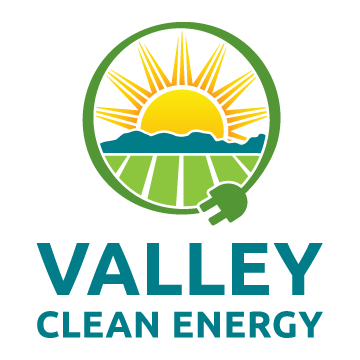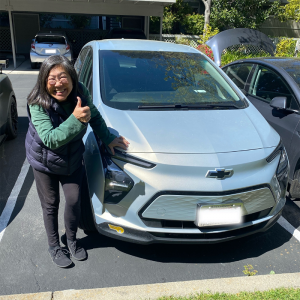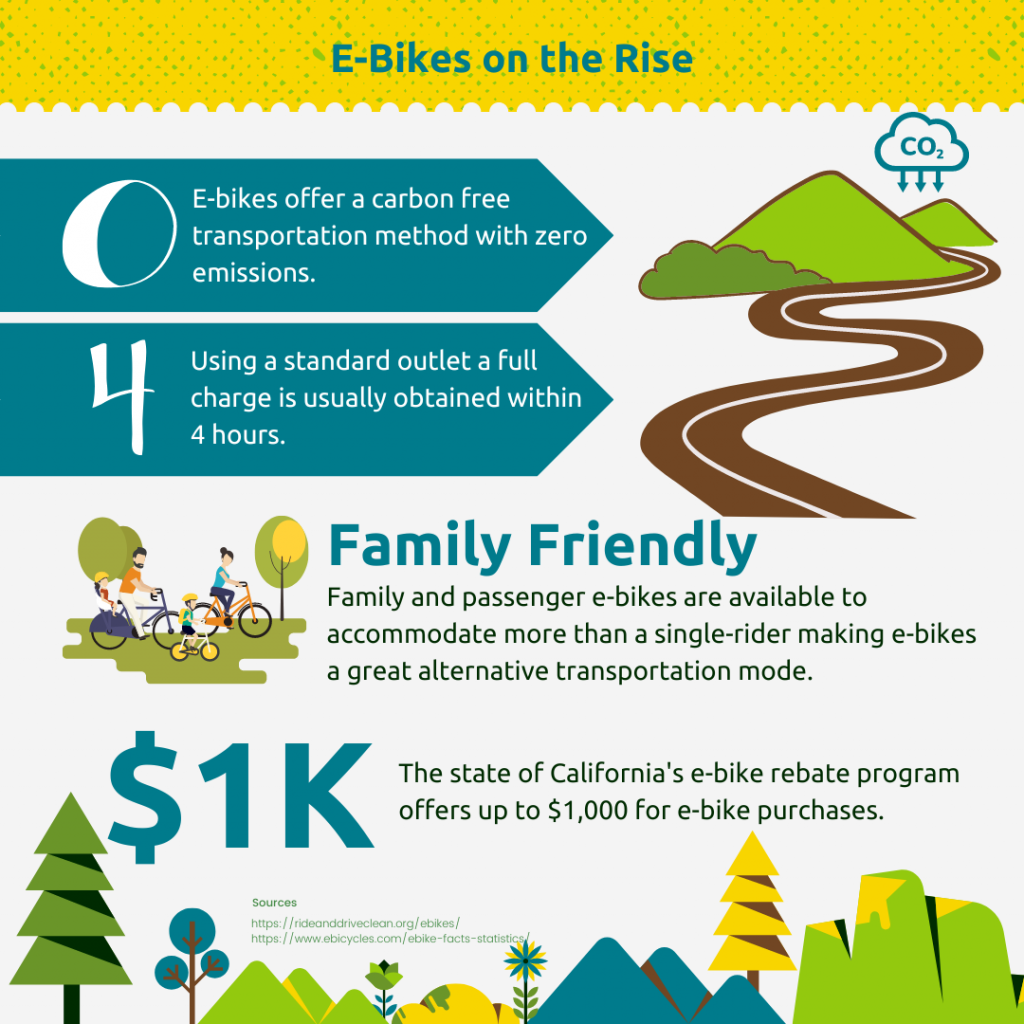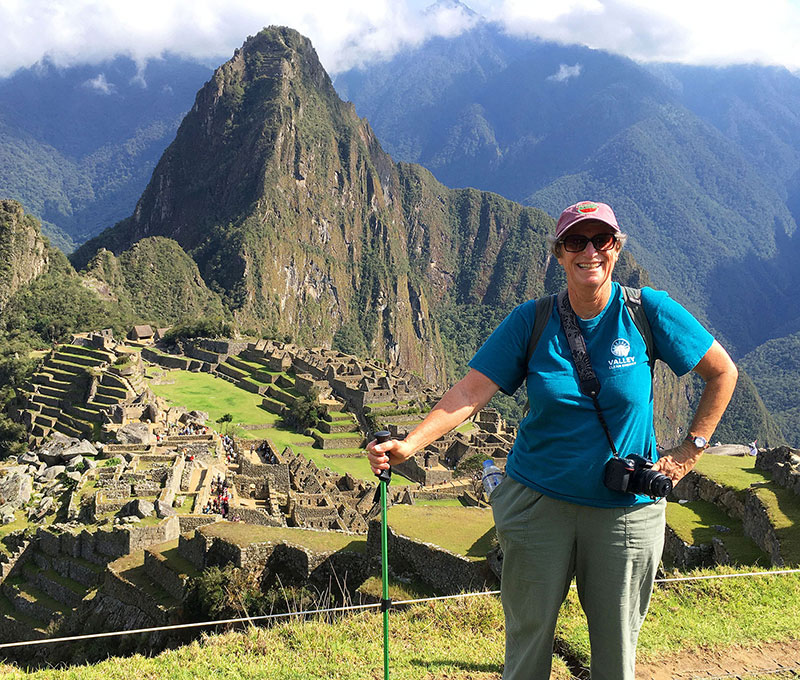The Valley Clean Energy Community Advisory Committee (CAC) serves as a key driving force for community engagement, offering insights and recommendations regarding VCE policies, operational objectives, and goals. Collaborating closely with both the VCE staff and the Board of Directors, the CAC embodies a spirit of teamwork and commitment to the communities VCE serves. In this blog, we’re thrilled to introduce you to some of our CAC members – individuals who generously volunteer their time and expertise to further our clean energy mission.
Rahul Athalye
Rahul Athalye has been a valued member of the CAC since the summer of 2022 and currently serves as the CAC’s Vice Chair. Rahul and his family have taken steps towards greener living, with plans for solar installation on their home in December 2023. Although he’s not an Electric Vehicle (EV) driver currently, he and his family are interested in making the transition to electric vehicles in the future. Rahul embraces sustainability in his bike-friendly community of Davis by using a cargo bike for transportation for school and recreational activities. Rahul is also a participant in the OhmConnect demand response program, actively reducing energy consumption through his thermostat.
Rahul’s motivation for joining VCE stems from a desire to actively participate in his local community, helping to make Davis and Yolo County even more sustainable. He views VCE as the perfect platform in which to share his expertise, and to have a significant impact on the journey towards sustainability. As a CAC member, he aspires to assist VCE in its transition to 100% carbon-free electricity while also working to lower electricity rates, ensuring that renewable energy and sustainability are accessible and affordable to community members. Additionally, he aims to support VCE’s community engagement efforts through various programs and incentives, solidifying his commitment to a greener, more sustainable future for all.
Rahul serves as the Technical Director of Codes and Standards at NORESCO, where he leads a team of engineers and analysts specializing in consulting and technical analysis support for entities like the California Energy Commission, as well as other jurisdictions across the United States. With a Master’s degree in mechanical engineering, Rahul’s expertise lies in building science, modeling, and energy policy, making him well-equipped to contribute to VCE’s mission.
Danielle Ballard
We’re excited to introduce the newest member of the CAC, Danielle Ballard, who joined the committee in September 2023. As a homeowner in Woodland and a Valley Clean Energy customer since its inception, Danielle brings a fresh perspective to the table. Being mindful of her transportation choices, Danielle drives a hybrid Ford Maverick, which not only offers excellent gas mileage but also proves to be a versatile and enjoyable vehicle for navigating the fields of the farm where she works.
Danielle’s commitment to sustainability extends beyond her choice of vehicle. She actively practices composting at home, recognizing it as one of the simplest and most effective ways to reduce one’s carbon footprint. Her dedication to making environmentally responsible choices is a testament to her passion for creating a greener world. This passion for sustainability, coupled with a desire to become more engaged in her community, led Danielle to join the CAC. Her alignment with VCE’s goals and her belief in the value of Community Choice programs have fueled her desire to contribute to the ongoing improvement of her community and the world at large.
Danielle’s biggest goal is to be a strong advocate for the agricultural sector. Recognizing the significant local power consumption of farms, she sees an opportunity for the sector to make a substantial impact and is excited about the potential for collaboration and positive change. Her farm’s participation in VCE’s Agricultural Flexible Irrigation Technology (AgFIT) program, a groundbreaking program that provides growers automation incentives and a dynamic rate tariff to save them money and shift electric load off peak, is evidence of the fruitful relationship between agriculture and sustainable energy initiatives. We can’t wait to see the impact Danielle’s leadership will have on VCE and her community.
Dr. Keith Taylor, MPA
Keith Taylor joined the CAC in 2021, and chairs the Programs and Outreach Task Group of the CAC. As a UC Davis Professor specializing in community economic development and rural cooperative businesses, Dr. Taylor aims to contribute diverse perspectives to the utility landscape. One of his primary goals is to explore ways in which we can promote equity among customers who aren’t homeowners. Through his involvement with VCE, he hopes to foster innovative solutions that benefit not only traditional homeowners but also lower-income and marginalized individuals, enabling them to transition to cleaner energy options like electric vehicles.
When it comes to sustainability, Dr. Taylor is committed! He is an avid composter and takes pride in his conscious consumer habits, understanding that every effort, no matter how small, contributes to positive change.
Dr. Taylor’s involvement with VCE is driven by his expertise in electric cooperatives. He recognized a significant opportunity to leverage his knowledge and connections to support the growth and development of clean energy within his community.
Dr. Taylor brings ambitious aspirations for his time serving on the CAC. He aims to facilitate the maturation and expansion of CCAs by fostering connections with the national electric cooperative sector. He is also dedicated to helping VCE and other CCAs evolve into world-class utilities, ensuring they provide top-tier services and clean energy solutions to their communities.
Diccon Westworth
Diccon has been a valued member of the CAC since July 2023. He joined us with a desire to contribute to the green electric transition in his community. His passion for sustainability and commitment to a zero-carbon lifestyle aligns perfectly with VCE’s mission.
Diccon’s commitment to sustainability shines through in every aspect of his life. He is not just an advocate for green energy, but a living example of it. With a zero-carbon home powered by solar energy sourced through UltraGreen from VCE, a heat pump HVAC system, and an induction stove, he is making significant strides in reducing his carbon footprint. The addition of a heat pump water heater in January will further solidify his commitment to a greener lifestyle. Diccon’s home proudly sports an UltraGreen VCE lawn sign, representing his partnership with VCE and dedication to a sustainable future.
As an EV driver, he makes sure his Model 3 is charged with zero-carbon electricity. He takes a conscientious approach to waste management, as he not only composts but uses a Food Cycler, ensuring that his kitchen scraps go back into his garden as immediate, usable compost, all while preventing methane emissions.
Diccon has adopted a vegan diet and significantly reduced air travel. He plays a vital role in promoting sustainability as a director at the Veterinary Sustainability Alliance, a non-profit organization, and as a lead clinician at his VCA veterinary hospital, where he actively champions sustainability in veterinary medicine. Diccon’s influence doesn’t stop at his workplace; he travels around the United States to deliver lectures on the subject, choosing eco-friendly transportation whenever possible. Diccon also volunteers as an active member of the Climate Reality Sacramento Chapter, advocating for climate action and working towards a sustainable future.
During his time as a CAC Member for VCE, Diccon is excited to support the transition to 100% renewable, 100% carbon-free electricity for the entire VCE community and beyond. Additionally, he is enthusiastic about promoting the electrification of homes and vehicles, striving to create a zero-carbon community, which includes advocating for EV adoption and EV charging infrastructure development. Diccon’s dedication and vision for a sustainable future are truly inspiring.
We are honored that the members of our CAC choose to volunteer their time with us. Their expertise and opinions are greatly valued by staff and leadership within our organization. We have a deep appreciation for the time they dedicate to their roles with VCE. Their actions make a difference within our communities.
Learn more about our Community Advisory Committee including available seats and public monthly meetings here.

 Electric vehicles (EVs) are fun to drive, simple to charge, and cost less to fuel and maintain – not to mention being better for the environment, especially when powered by the clean energyValley Clean Energy (VCE) provides. That’s why VCE is supporting customers in the transition by providing rebates for EVs.The initial cost of switching to an EV makes the transition more challenging for some-fortunately, there are various incentives and rebates available that can help make EVs more accessible and affordable.We recently had the chance to speak with a VCE customer, Christina Chang, one of the first recipients of the VCE EV rebate. Christina had been considering an EV for over a year as part of her commitment to the environment. Previously she was driving a minivan that wasn’t getting great gas mileage and it was time for a change. After a bit of research on vehicles and incentives, Christina decided the Chevrolet Bolt EV was the best fit for her.
Electric vehicles (EVs) are fun to drive, simple to charge, and cost less to fuel and maintain – not to mention being better for the environment, especially when powered by the clean energyValley Clean Energy (VCE) provides. That’s why VCE is supporting customers in the transition by providing rebates for EVs.The initial cost of switching to an EV makes the transition more challenging for some-fortunately, there are various incentives and rebates available that can help make EVs more accessible and affordable.We recently had the chance to speak with a VCE customer, Christina Chang, one of the first recipients of the VCE EV rebate. Christina had been considering an EV for over a year as part of her commitment to the environment. Previously she was driving a minivan that wasn’t getting great gas mileage and it was time for a change. After a bit of research on vehicles and incentives, Christina decided the Chevrolet Bolt EV was the best fit for her.
